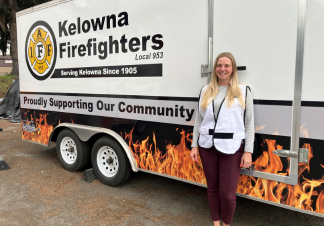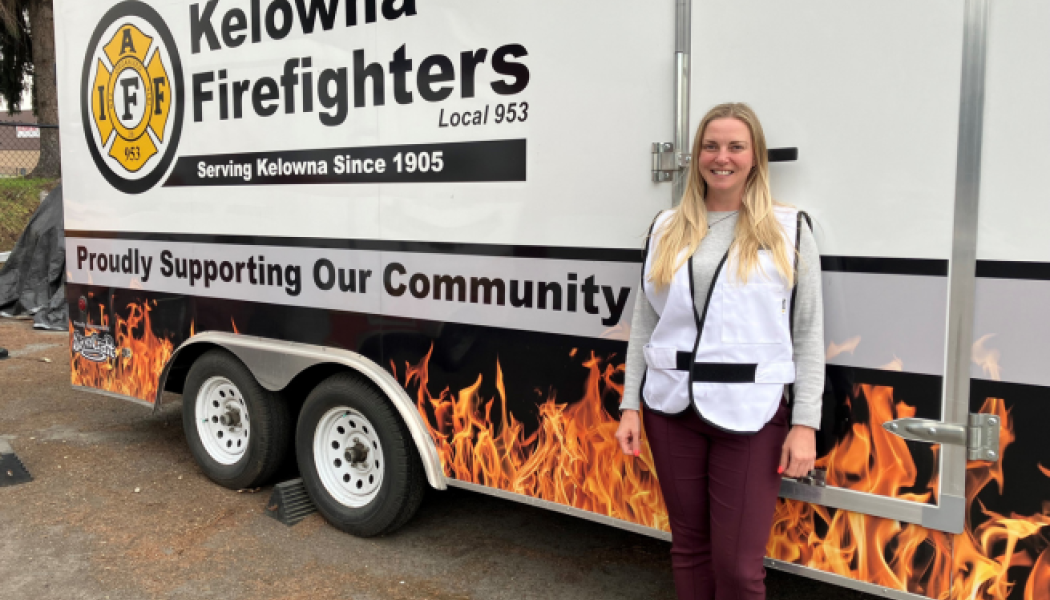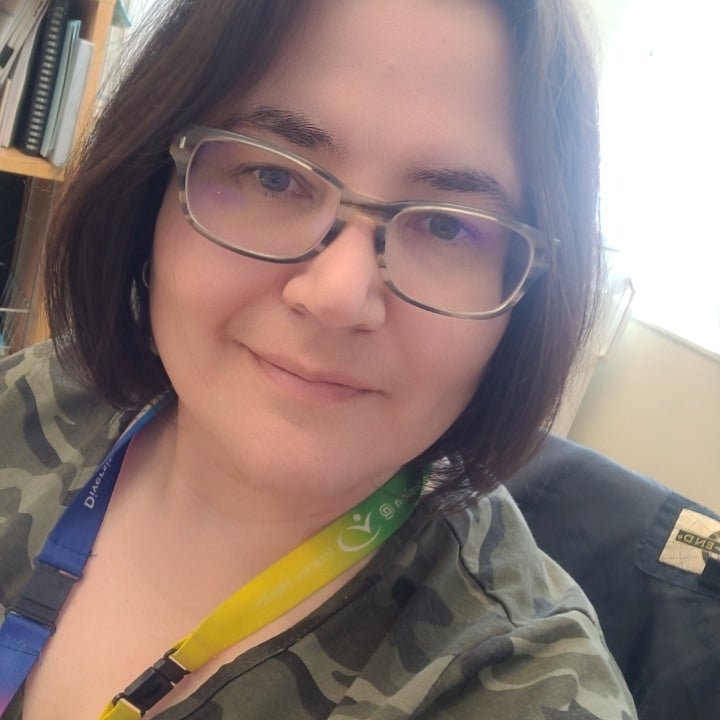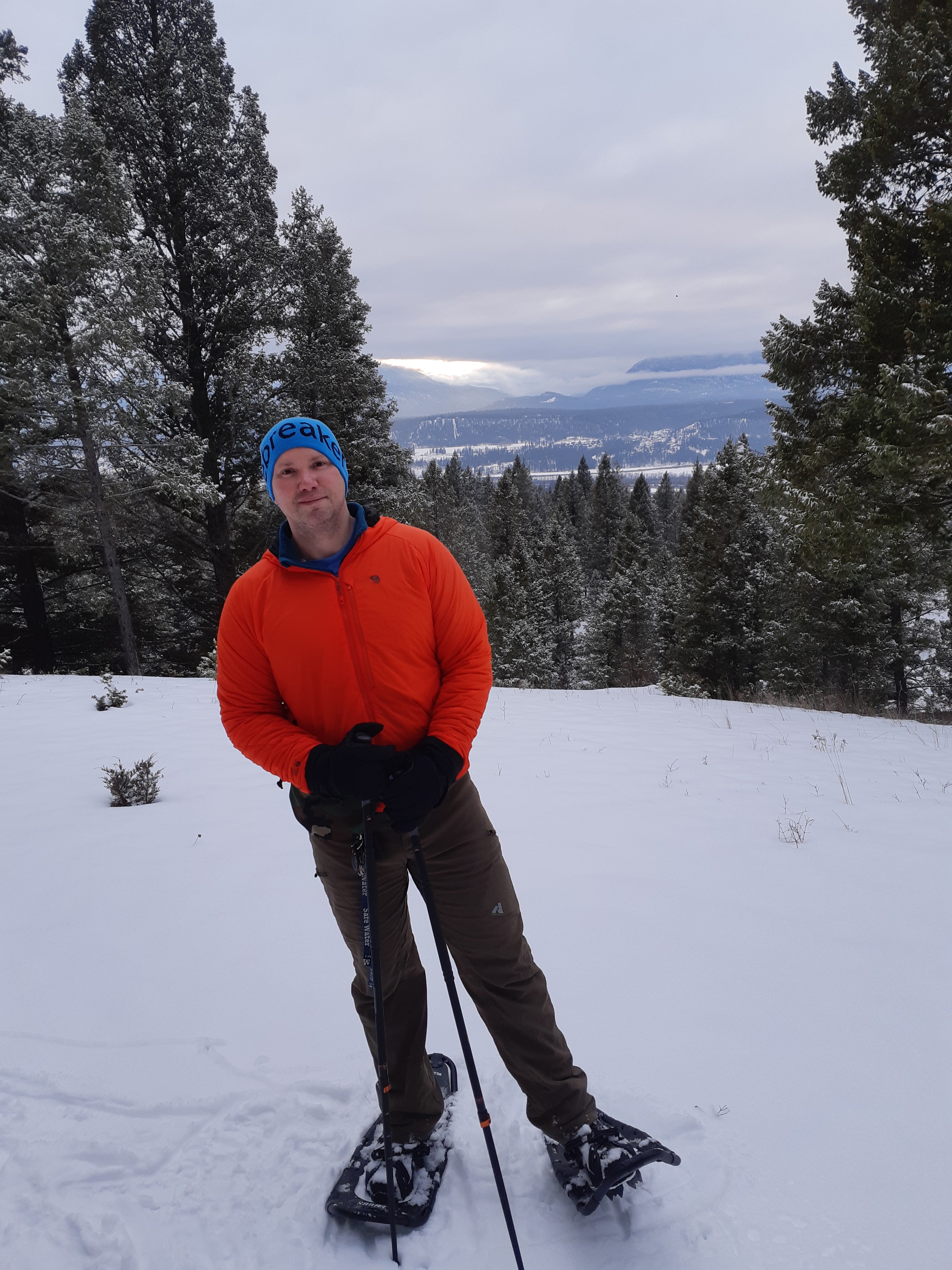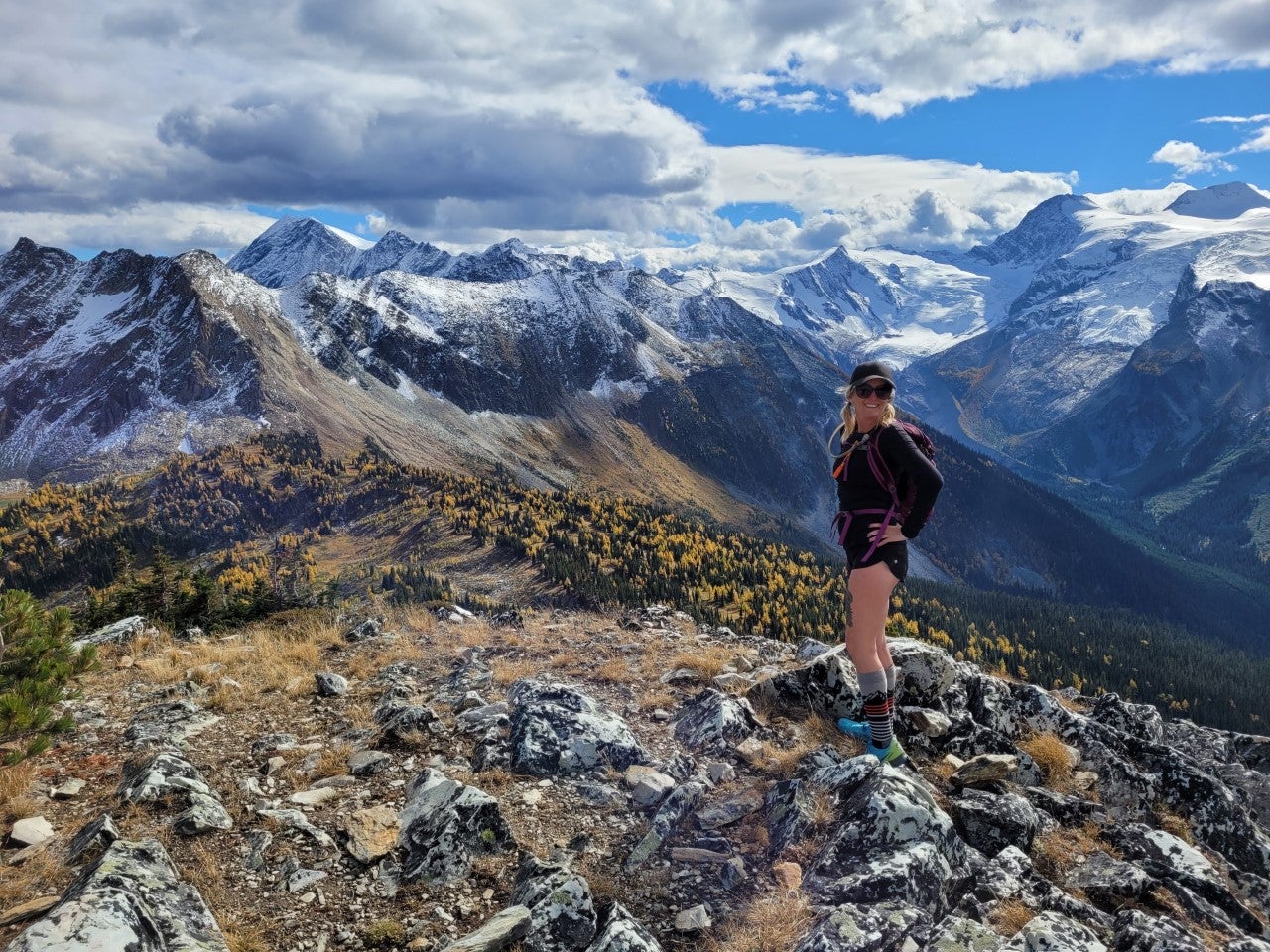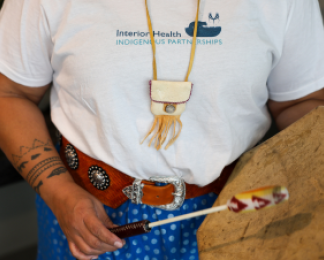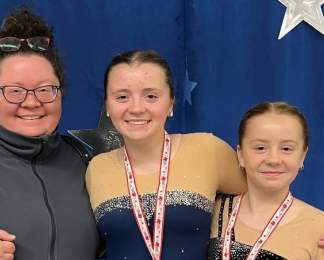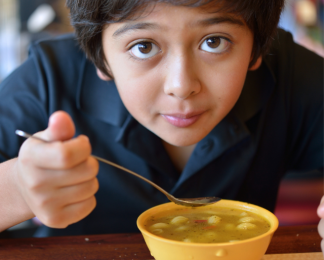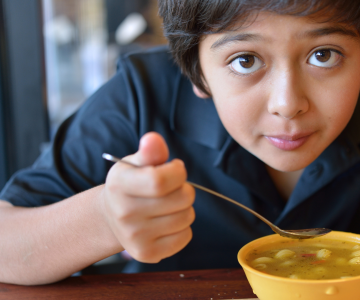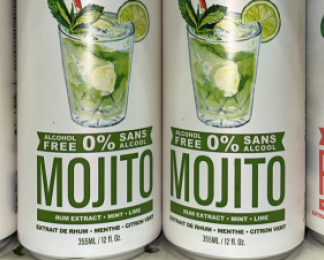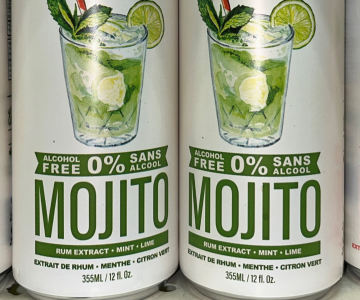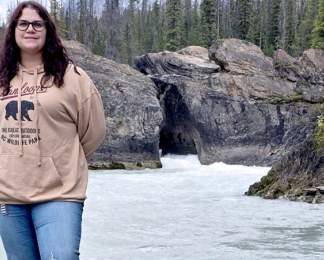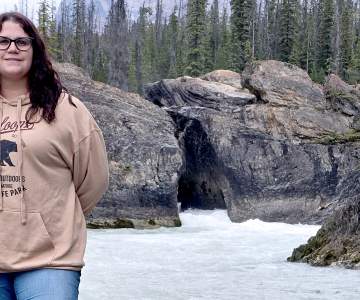Have you ever wondered who helps ensure food establishments are serving your food safely, or the water you’re swimming in is safe? How boil water advisories are issued? Or what happens when someone comes into contact with a bat?
That’s your Interior Health environmental health officers (EHOs) at work.
Water quality, health inspections and animal encounters are just some of the many responsibilities EHOs have. Working closely with our medical health officers, our environmental health team also offers guidance when the air is smoky from wildfires, provides resources to make sure your indoor air quality is safe, and shares information on how to protect yourself from common diseases from animals and insects.
Our EHOs cover 215,000 square kilometers of the Southern Interior region. Some work in our urban centres. Others have to jump into a helicopter or hop onto a boat to visit an operation in a remote part of our region.
We sat down with four of our EHOs to ask them about their jobs and what gets them excited about the work they do.
After you read their profiles, learn more about environmental public health profession and explore our careers.

